Greek, skyr, and labneh: A yogurt primer
A guide for navigating the different kinds of yogurt in the supermarket aisle
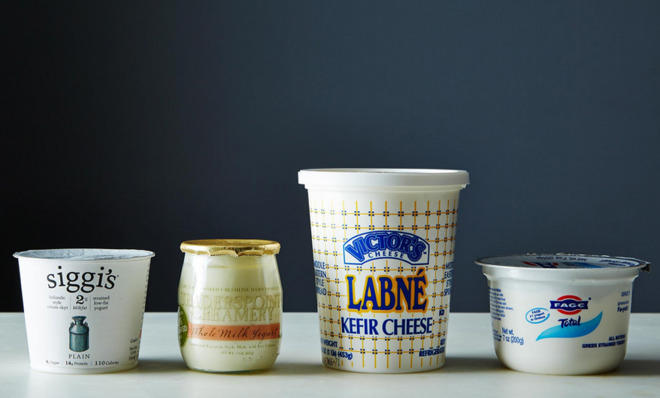

Not so long ago, a trip to the yogurt section of the grocery store revealed the usual suspects: fruit on the bottom, a few sugary kids’ versions, nothing too exciting. It was a simpler time. But in the past few years, yogurt has exploded as a go-to breakfast, snack, and cooking ingredient. Now, many grocery stores carry tons of yogurt options, like Greek yogurt, skyr, and labneh — the aisle seems to continue forever.
For those of you feeling overwhelmed by the possibilities, we've compiled a cheat sheet on the types of yogurt you can find — and the best ways to use them — so you can shop with ease and find your perfect yogurt match.
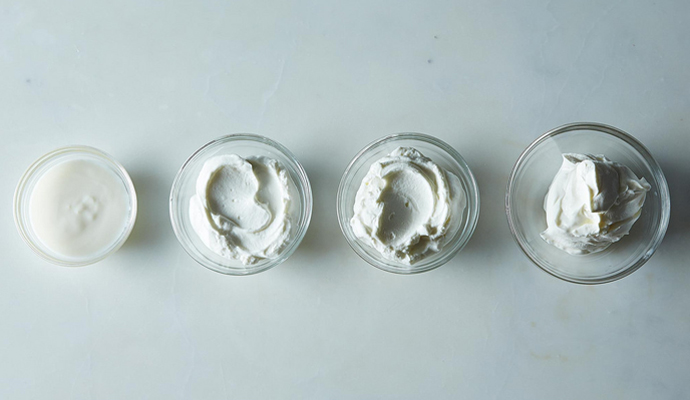
From left to right: Regular full-fat yogurt, Greek yogurt, skyr, and labneh.
The Week
Escape your echo chamber. Get the facts behind the news, plus analysis from multiple perspectives.

Sign up for The Week's Free Newsletters
From our morning news briefing to a weekly Good News Newsletter, get the best of The Week delivered directly to your inbox.
From our morning news briefing to a weekly Good News Newsletter, get the best of The Week delivered directly to your inbox.
Plain old yogurt
Let's start by going back to basics. Yogurt is made by combining milk and live cultures — it's easy enough to make at home. Full-fat, plain yogurt is fairly thin and light, so it's great to use in dressings, marinades, dips, soups, and in place of cream or buttermilk (just water it down to the right consistency). Full-fat yogurt is almost always your best bet for cooking, since it's less likely to break.
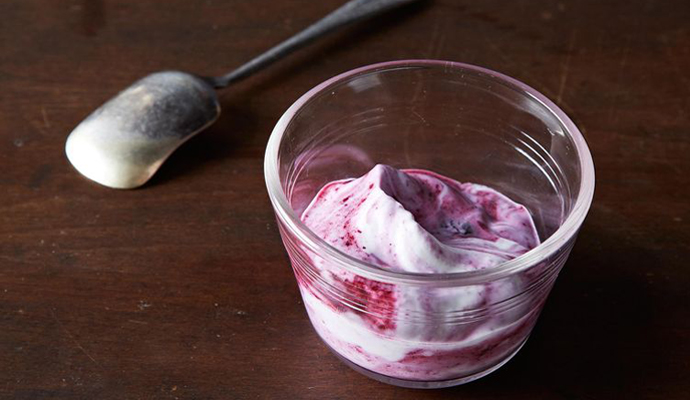
Greek yogurt: the popular kid
Greek yogurt has become tremendously popular in the last few years. It's made by straining out some of the whey in regular yogurt, which makes it a lot thicker, higher in protein, and tangier than regular yogurt (a higher concentration of lactic acid contributes to this tang). Use Greek yogurt in everything from deviled eggs and creamed spinach to tortes and frozen yogurts — you can even use it in place of sour cream when you're in a pinch.
A free daily email with the biggest news stories of the day – and the best features from TheWeek.com
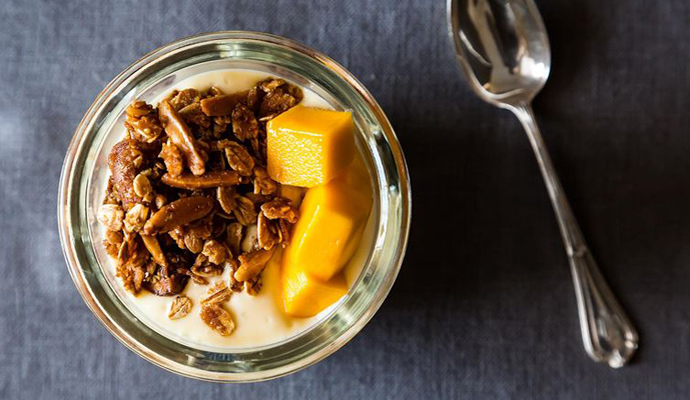
Skyr: the Icelandic transplant
Skyr is sort of like the Icelandic version of Greek yogurt, but it's even thicker than its Mediterranean counterpart: If you were to strain Greek yogurt, you would get skyr. It's usually a bit creamier than Greek yogurt and has even higher levels of protein.
Skyr has been made since the Middle Ages in Iceland, often using raw milk, and the yogurt still plays a large role in Icelandic cuisine today (like in the dish hræringur: half skyr and half porridge, mixed together). Though skyr is still new to the United States, it's gaining in popularity as an alternative to Greek yogurt; its creaminess is perfect for mixing into smoothies and using as a base for granola.
Labneh: the yogurt cheese
Native to the Middle East, labneh (also spelled labaneh, lebnah, labne, or labni) is sort of in its own category, falling somewhere between yogurt and cheese: It is considered a cheese, a yogurt, and a yogurt cheese, depending on whom you ask. Its thickness is close to that of cream cheese.
The main difference between yogurt and cheese is in the starter that's added to the milk; labneh is often made using yogurts, usually Greek. It is a great way to try yogurt in a savory context if you've never done so before (and you should) — add it to shakshuka, or use it as a dip for vegetables or pita. If you want to serve it for dessert too, Alice Medrich has just the thing.
This story was originally published on Food52.com: A yogurt primer
More from Food52...
-
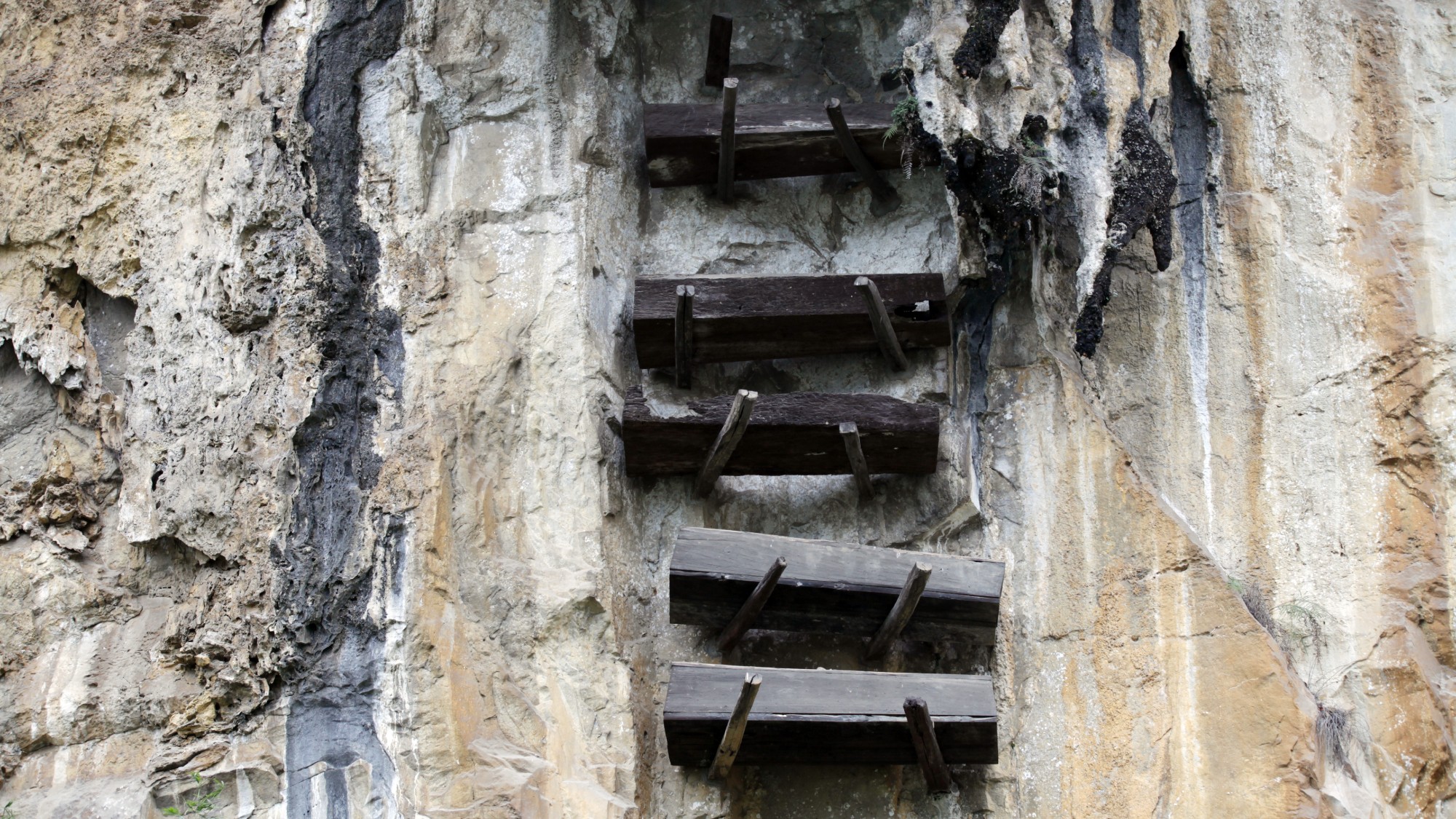 The curious history of hanging coffins
The curious history of hanging coffinsUnder The Radar Ancient societies in southern China pegged coffins into high cliffsides in burial ritual linked to good fortune
-
 The Trump administration says it deports dangerous criminals. ICE data tells a different story.
The Trump administration says it deports dangerous criminals. ICE data tells a different story.IN THE SPOTLIGHT Arrest data points to an inconvenient truth for the White House’s ongoing deportation agenda
-
 Ex-FBI agents sue Patel over protest firing
Ex-FBI agents sue Patel over protest firingspeed read The former FBI agents were fired for kneeling during a 2020 racial justice protest for ‘apolitical tactical reasons’